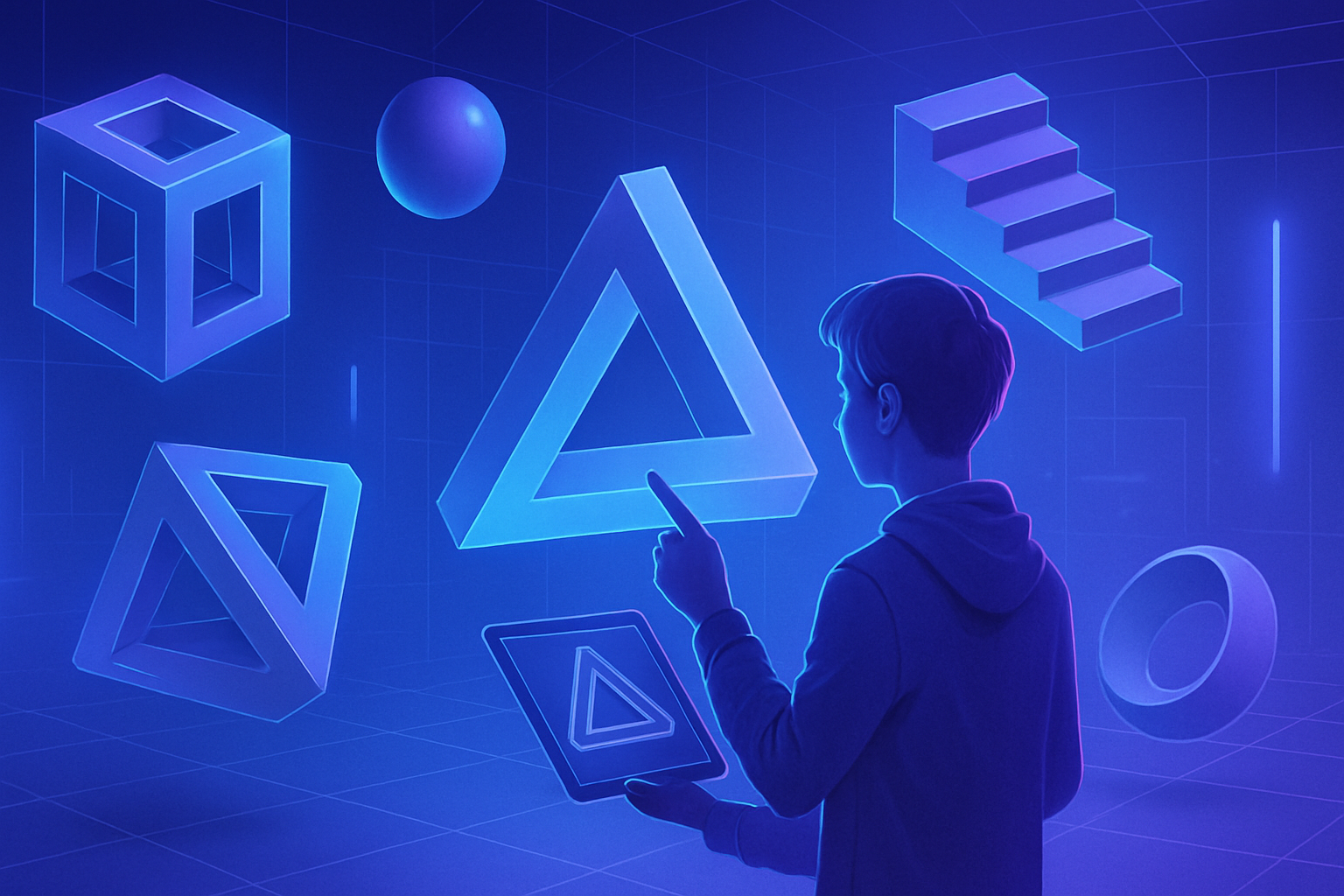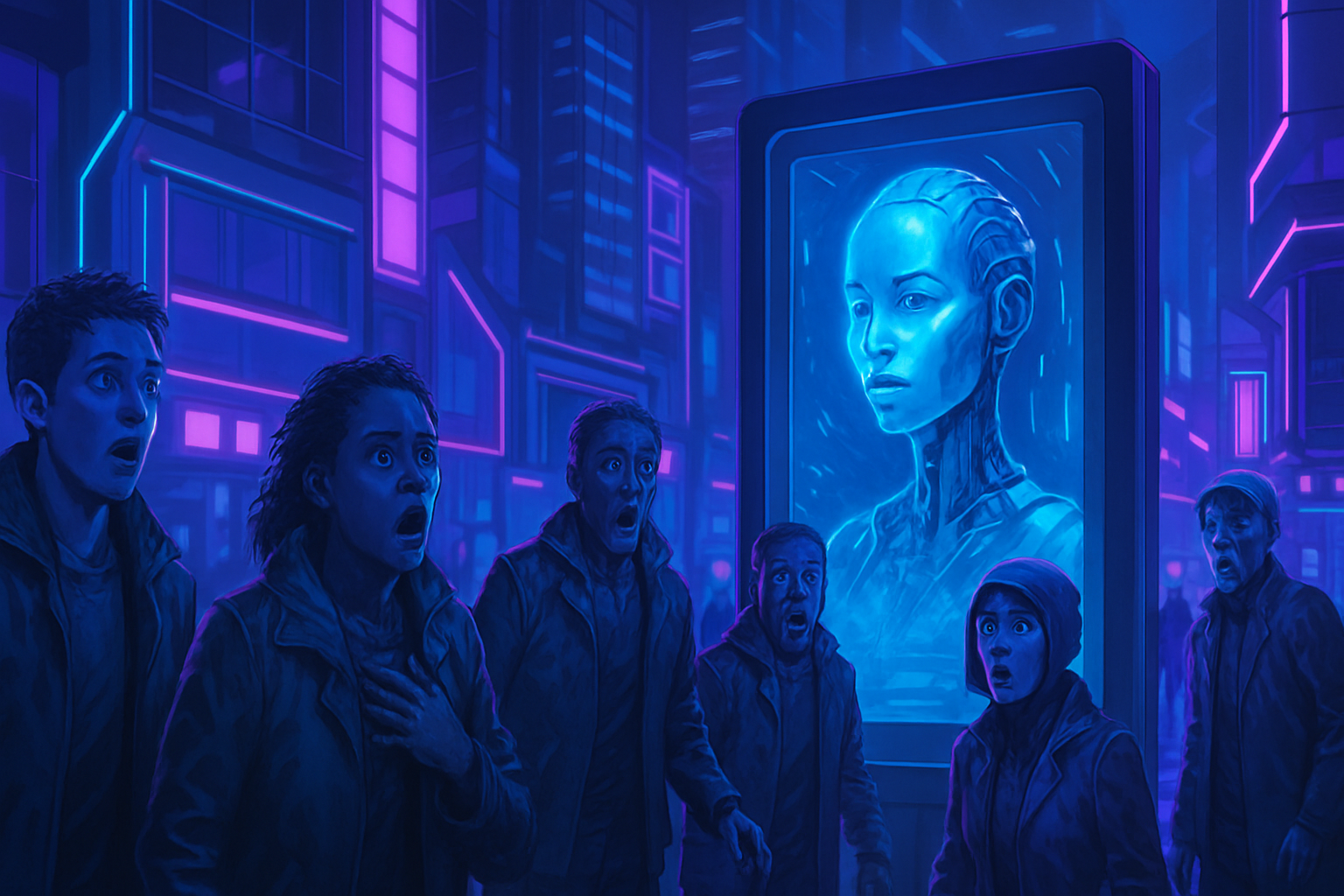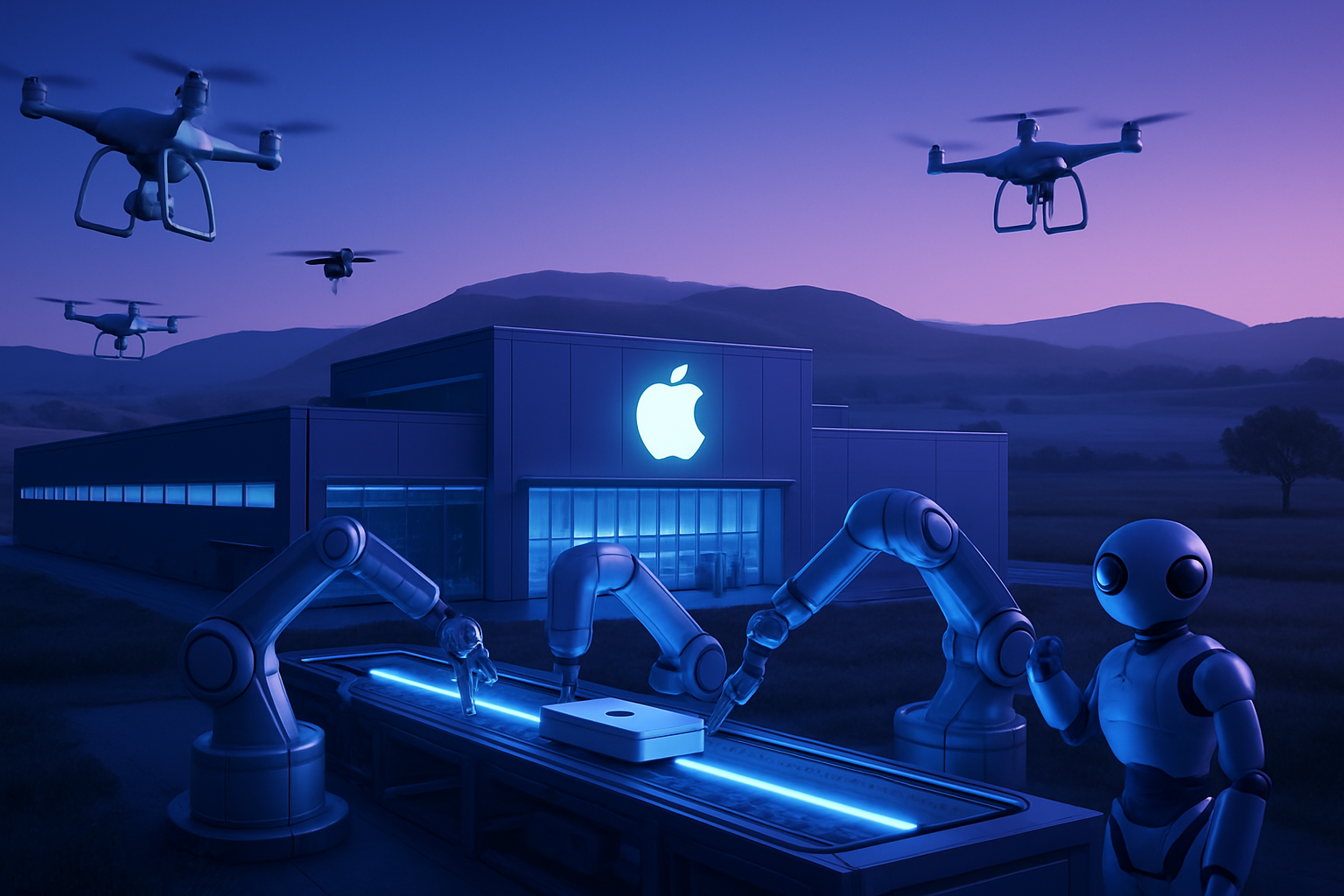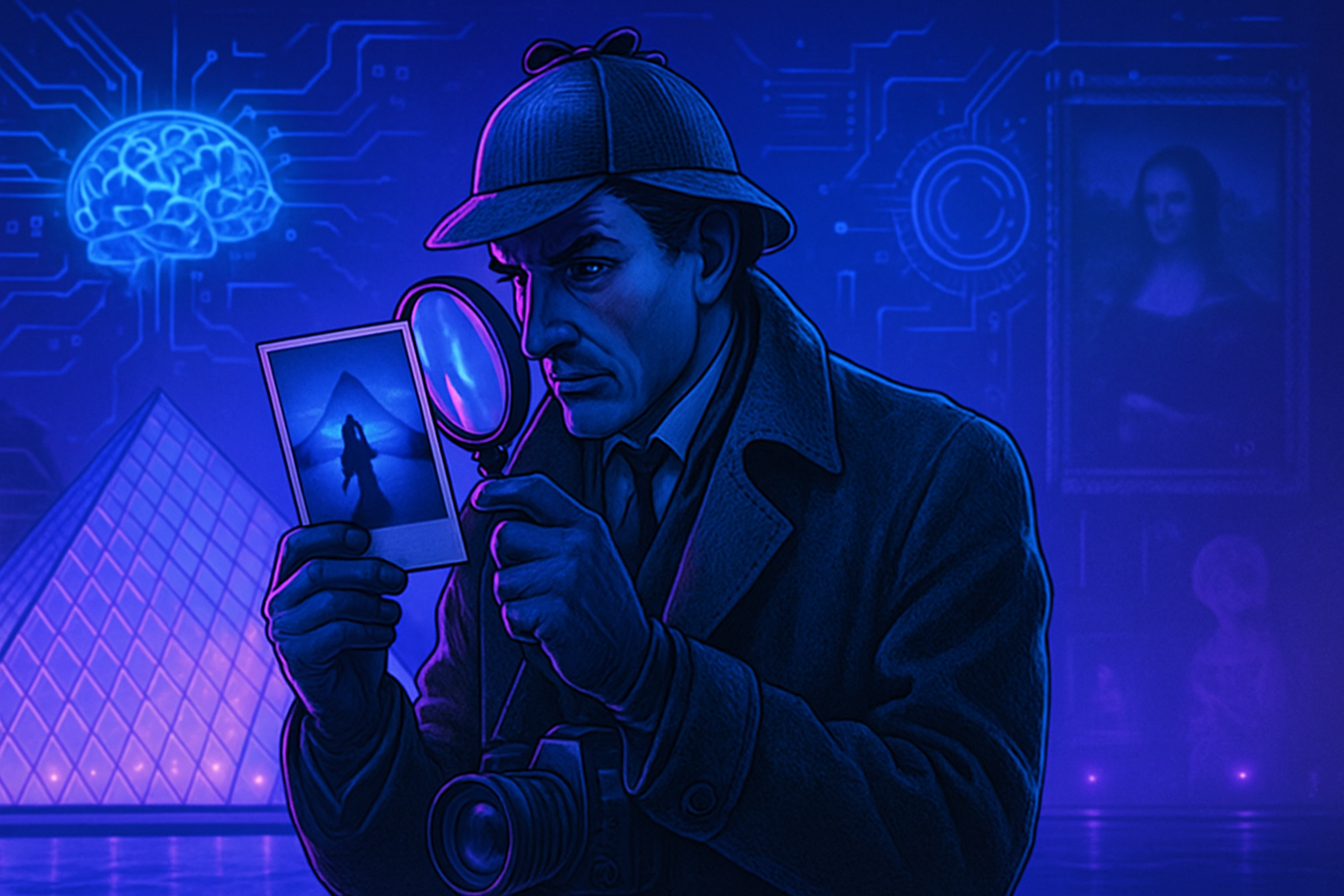Redefining the boundaries of visual perception becomes possible with a revolutionary innovation from MIT. This new tool allows for the design and manipulation of objects with a physically impossible appearance, thus challenging the conventions of geometry. Artists and researchers have unprecedented creative power to explore forms that exist only in our imagination. The 2.5D transformation technology offers an enriched understanding of impossible structures while continuing to captivate with their visual beauty. This fascinating phenomenon leads to a redefinition of creative and scientific practices within three-dimensional space.
A tool to visualize impossible objects
The CSAIL lab at MIT has developed an innovative tool called Meschers, which offers a new perspective on the representation of impossible objects. This tool allows users to create structures in 2.5 dimensions, reproducing shapes inspired by the famous artist M.C. Escher. It does this by transforming images and 3D models, facilitating the analysis of unique geometries while preserving optical illusions.
The complexity of impossible objects
Impossible objects, such as the Penrose triangle, cannot be faithfully reproduced in three dimensions. Although their individual parts seem plausible, their assembly in physical space reveals geometric paradoxes. These shapes have a local consistency, but fail to form a globally coherent whole. Meschers exploits this uniqueness by modeling these locally consistent regions without imposing a global coherence.
Advanced features of Meschers
Meschers also facilitates the subdivision of structures for more precise geometric calculations. Researchers have been able to enhance the visual appearance of impossible shapes, such as the thinned illustration of a heart on a red background. By simulating heat diffusion and calculating geodesic distances on impossible surfaces, this tool opens new avenues for research and artistic creation.
Practical applications
Meschers is not limited to the visualization of impossible objects. Artists and graphics scientists can also use it to modify the lighting and texture of their creations while maintaining the optical illusion. This allows for the exploration of a variety of scenes, such as a sunrise or sunset, as demonstrated by modifications to a model of a dog on a skateboard.
A tool for artistic creativity
This new tool aims to free artists from the constraints of physical reality, offering them the opportunity to explore unimaginable graphic concepts. Ana Dodik, a doctoral student at MIT and the lead author of the study, emphasizes that Meschers opens a new field of possibilities for creators, thus allowing a scientific analysis of the perception of impossible objects. Computer instruments should no longer simply be replicas of reality.
Development prospects
Despite the power of Meschers, the research team is already considering improvements. The creation of a simplified interface is under study, with a view to enabling a more enjoyable use for artists. By collaborating with perception scientists, they aim to expand the application possibilities of this tool in various research fields.
Support for research
The development of this tool has been supported by several prestigious initiatives, including the MIT Presidential Fellowship and the work of the U.S. Advanced Research Projects Agency for Intelligence. This collaboration highlights the growing importance of advanced graphic tools for scientific and artistic progress.
Frequently asked questions about the MIT tool for visualizing and modifying physically impossible objects
What is the Meschers tool developed by MIT?
The Meschers tool is an innovation from MIT that enables the representation of physically impossible objects by transforming them into 2.5-dimensional structures. It helps create illustrations similar to those of M.C. Escher while preserving unique geometric properties.
How does Meschers help simulate impossible objects in 3D?
Meschers uses an approach that models locally coherent regions without requiring a global coherence, allowing for the construction of impossible structures while maintaining the optical illusion.
What practical applications can be envisioned with Meschers?
This technology can be used for research in geometry, including calculating distances on curved surfaces, simulating heat diffusion, or even for creating artistic works that defy the laws of physics.
How does Meschers enable artists to work with impossible shapes?
Artists can explore new types of shapes without being limited by physical reality, allowing them to express their creativity through designs that would be impossible to realize in the real world.
Is the Meschers tool accessible to researchers and the general public?
Currently, Meschers is mainly used by researchers at MIT, but future developments could make it more accessible to artists and designers in general.
What are the advantages of Meschers compared to other 3D modeling methods?
Meschers offers unique flexibility in creating optical illusions and impossible objects, emphasizing representations that are not constrained by physics, unlike traditional 3D modeling methods.
Can the lighting and texture of objects created with Meschers be modified?
Yes, Meschers allows users to change the lighting and texture of their creations, enabling them to produce a variety of scenes while maintaining the desired optical illusion.
What differentiates Meschers from other graphic creation tools?
Meschers stands out for its ability to represent impossible objects and simulate complex geometric properties, which is generally not possible with standard graphic creation tools that focus on realistic models.
Does using Meschers require special technical skills?
While graphic skills may be helpful, the research team plans to develop an interface to facilitate its use, making the tool more accessible to users without advanced technical experience.






